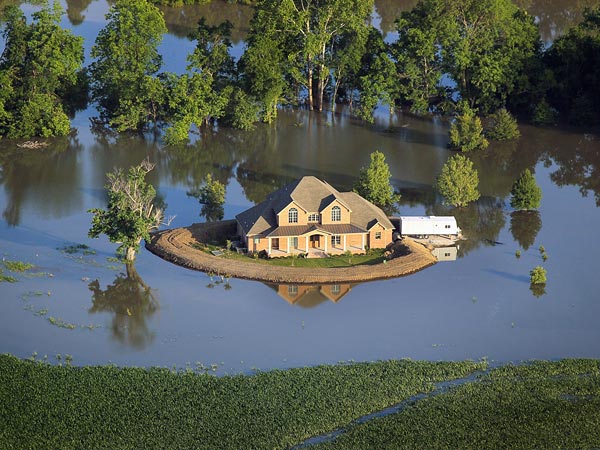
This story is part of a special National Geographic News series on global water issues.
As the crest of the Mississippi River flood moves through New Orleans and out to sea this week, peak river levels recorded during the month-long deluge threaten to top even the Great Mississippi Flood of 1927.
The most destructive river flood in U.S. history, the 1927 event moved about 2 million cubic feet (65,000 cubic meters) of water - enough to fill about 26 Olympic-size swimming pools - every second. (See pictures: "Mississippi River at Its Worst.")
"The numbers are still provisional, but [the current flood's peak water discharge] looks to be about the same" as the 1927 flood, said James O'Connor, a hydrologist with the U.S. Geological Survey (USGS).
Still, the 1927 and 2011 Mississippi River floods remain just drops in the bucket compared to other known freshwater "megafloods" around the world, according to O'Connor.
The scientist co-authored a 2004 USGS report that ranked all freshwater floods known to have occurred during the past two million years. The list, which remains largely unchanged since its release, includes only floods that had peak discharges of 3.5 million cubic feet (100,000 cubic meters) a second or more.

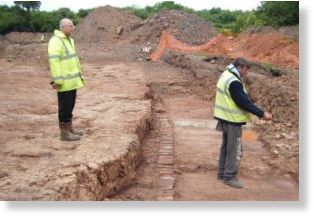
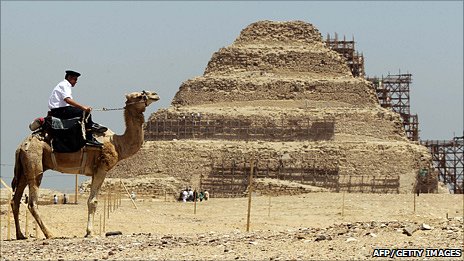
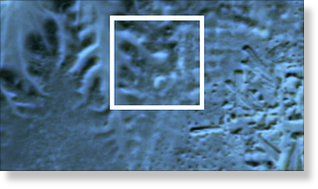
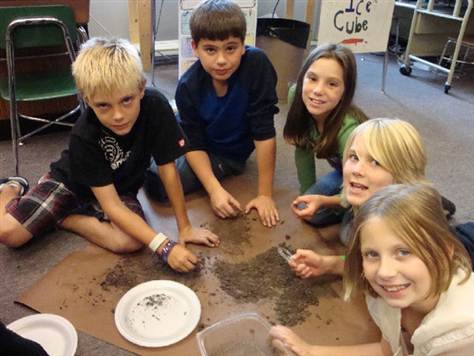
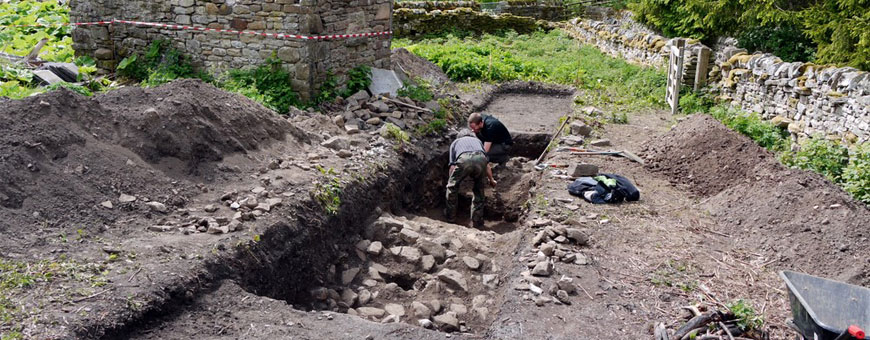
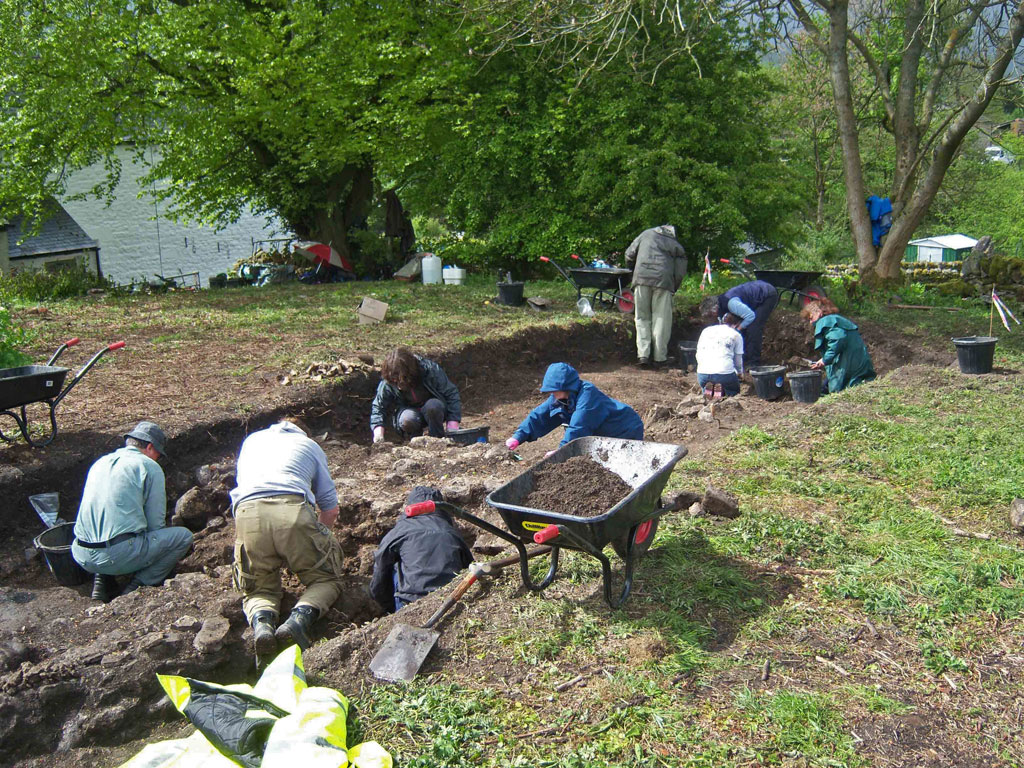
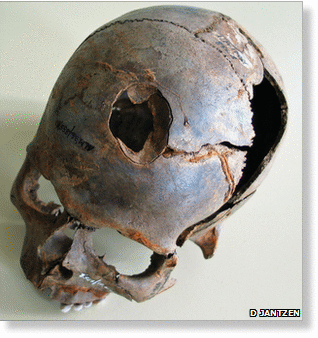
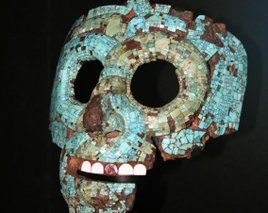




Comment: The 'time of Noah' was several thousands of years ago. Is it possible there was "that much water in the atmosphere" then?